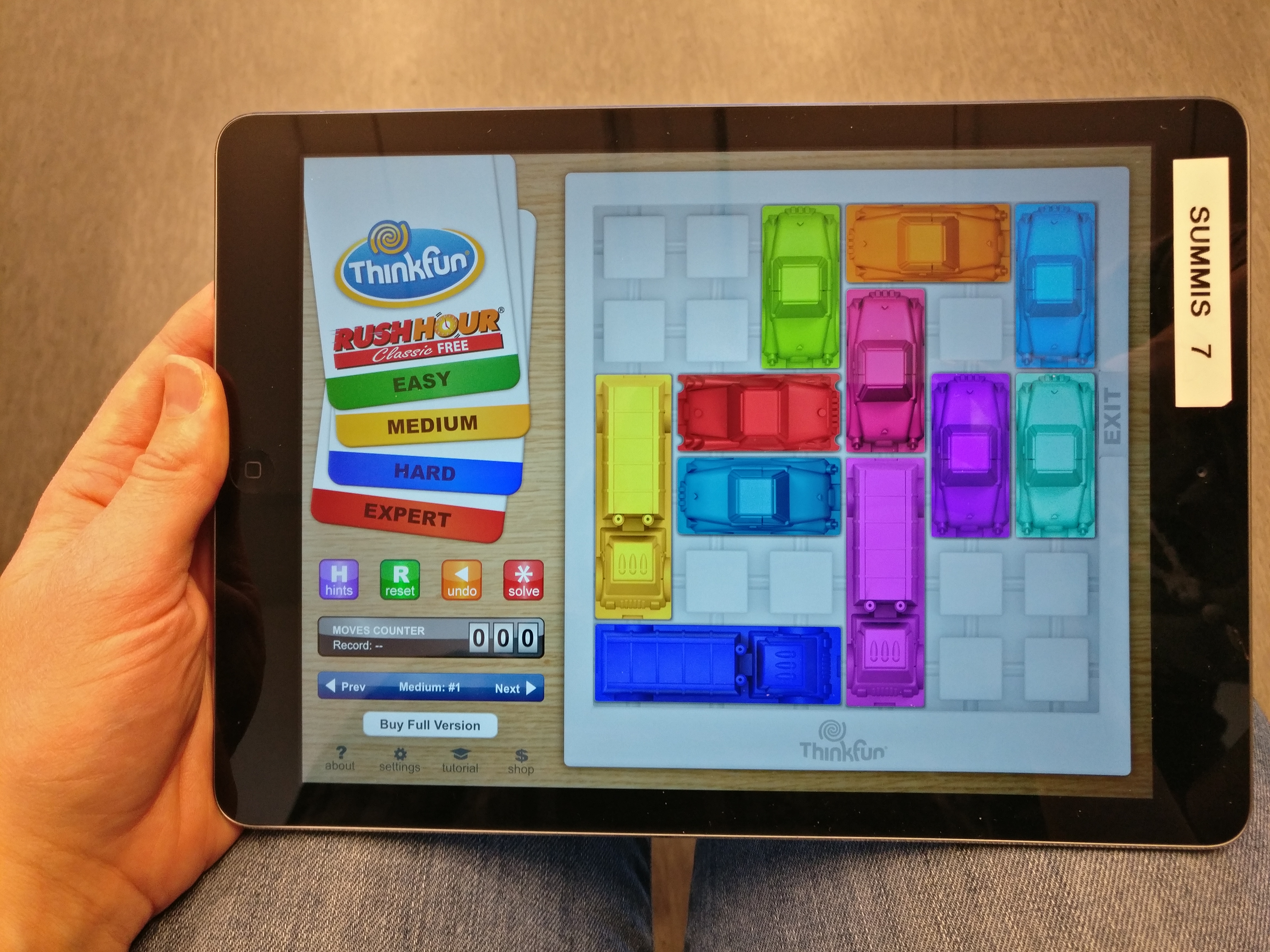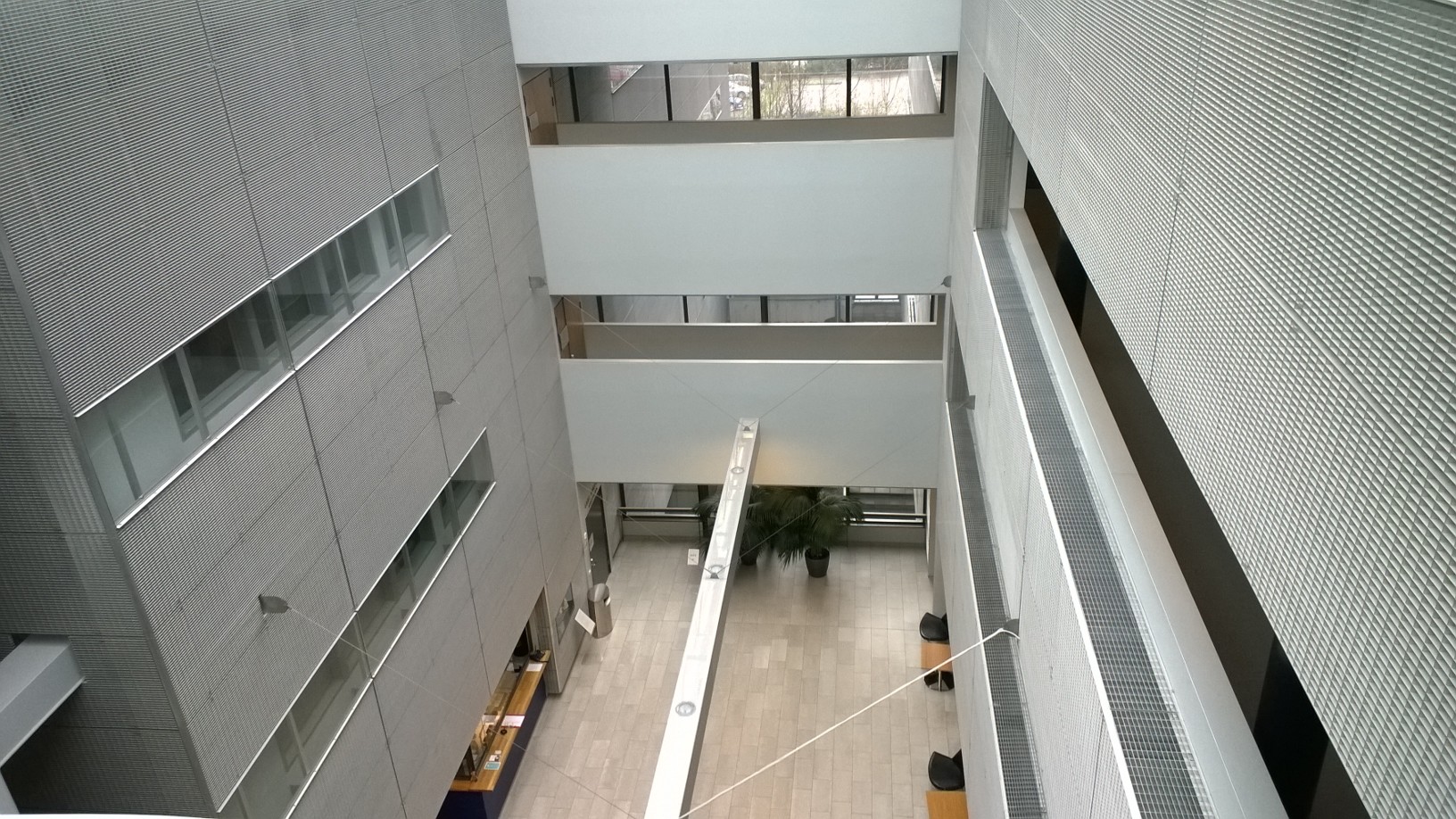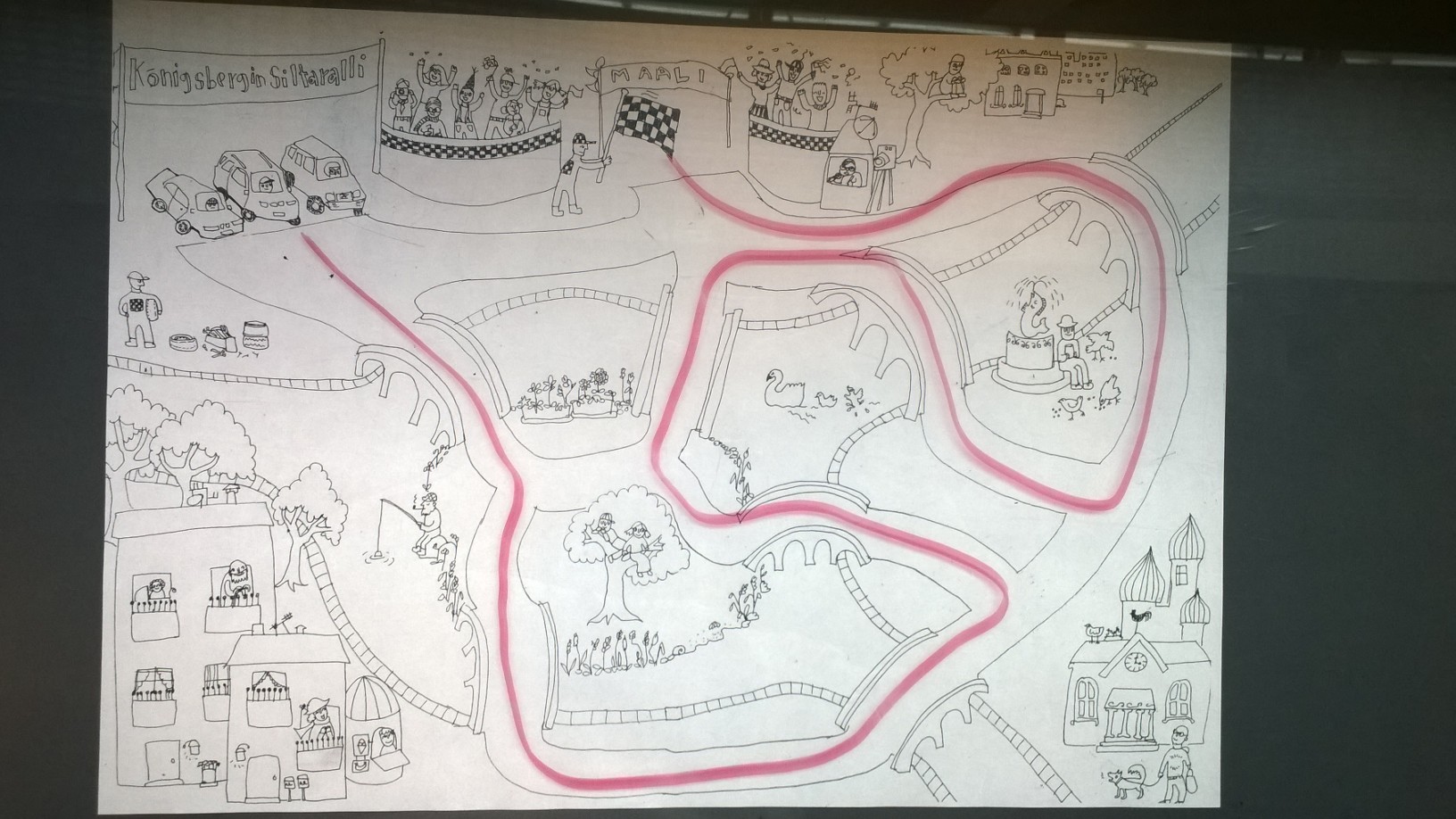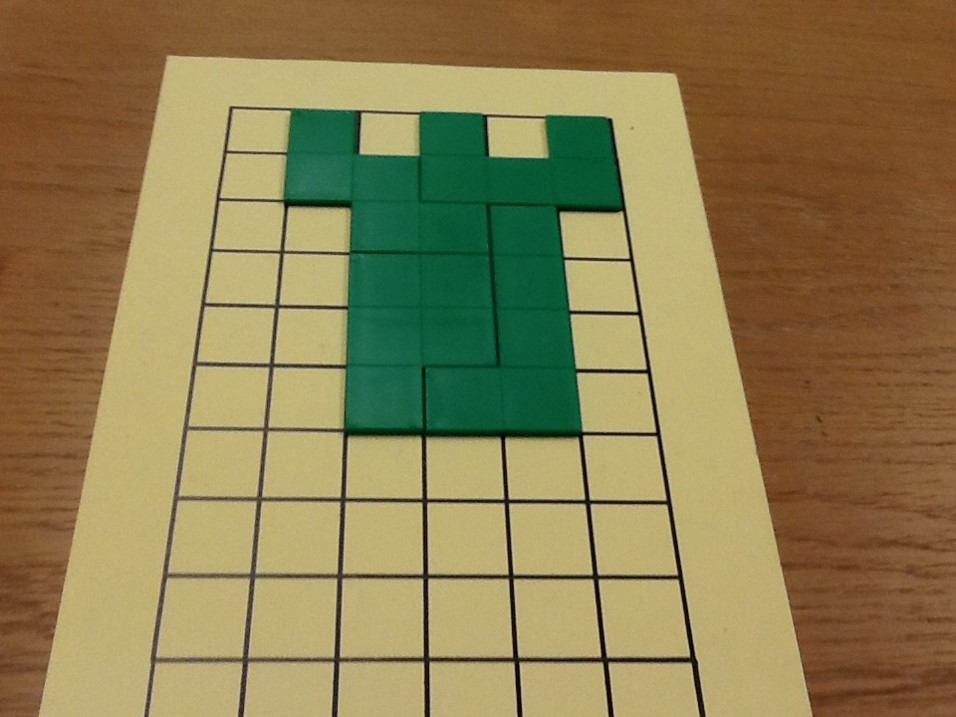Teksti ja kuvat: Jenni Räsänen
Torstaina 27.4. kilpailtiin taas matematiikassa, kun 7. luokkalaisten matematiikkakilpailun Helsingin aluekilpailun finaali järjestettiin Kumpulan kampuksella. Alkukarsintaan osallistui 588 nuorta 33 koulusta. Heistä 17 kutsuttiin finaaliin. Alkukarsinnassa taso oli huikea ja finaaliin pääsemiseen vaadittiin vähintään 12/15 pistettä!
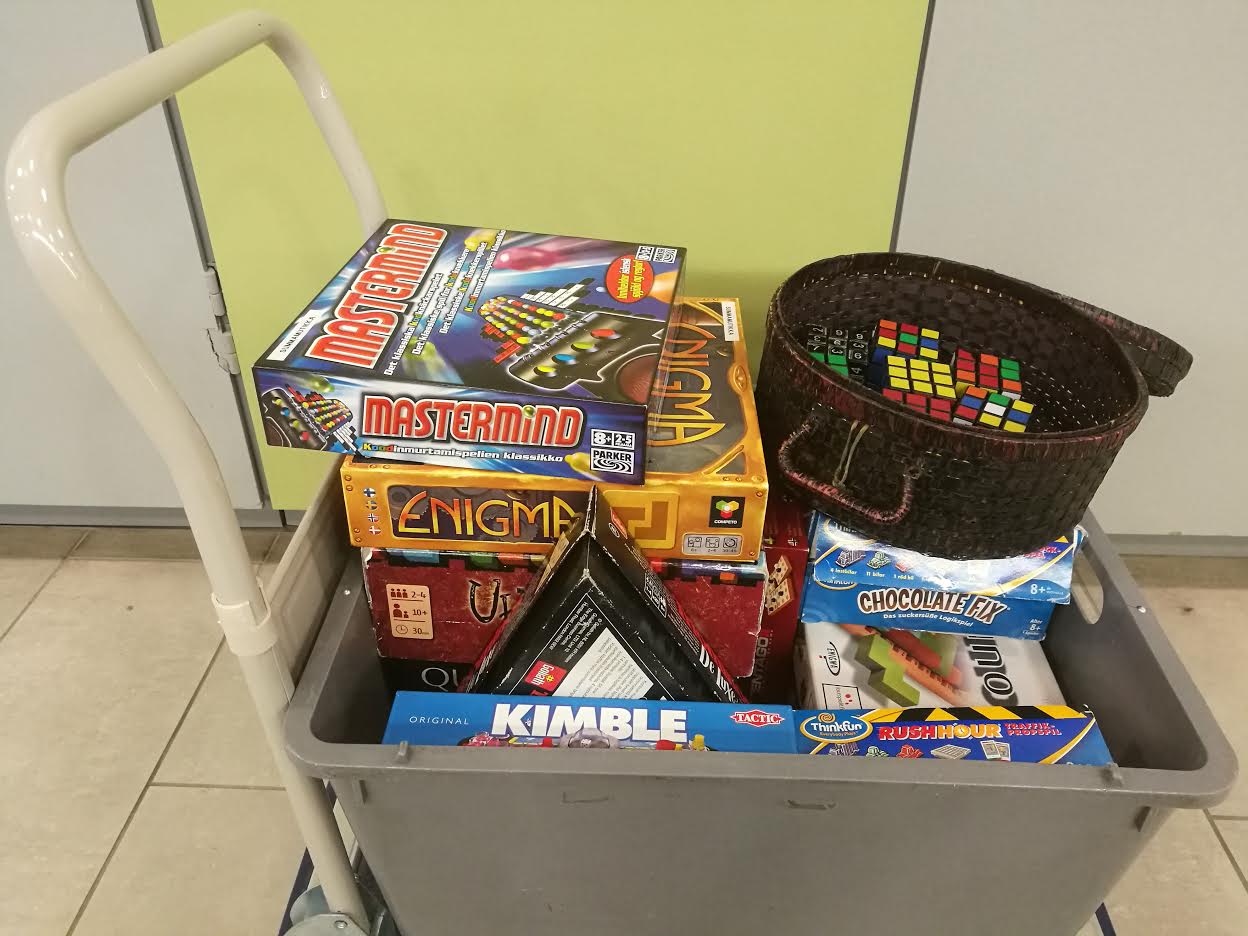
Kilpailutehtävien ratkomiseen oli varattu 85 minuuttia aikaa. Tehtävissä laskettiin murtoluvuilla, pohdittiin alkulukuja sekä ratkottiin kulmien suuruuksia. Edellisvuosien tapaan matikkaluokka Summamutikka tarjosi kilpailutulosten julkistamista odotteleville nuorille mielekästä tekemistä pelien ja pulmien parissa.
Kilpailun voittajaksi julistettiin Juho Arala, joka sai huimat 29/30 pistettä . Kilpailussa parhaiten menestyneet palkittiin kirjapalkinnoin ja kaikki finalistit kutsuttiin jatkamaan matematiikkaharrastustaan osallistumalla Suomen matemaattisen yhdistyksen valmennusjaoston järjestämään jatkovalmennukseen. Onnittelut kaikille finaaliin päässeille hienosta suorituksesta!

Myös matematiikan ja tilastotieteen laitoksella TET-harjoittelua suorittanut, 8.-luokkalainen Harvey Lim pääsi ratkomaan 7. luokkalaisten matematiikkakilpailun alkukarsinnan tehtäviä. Seuraavassa Harveyn ajatuksia tehtävistä:
”This math competition, meant for 7th graders, was held during 6th of March to the 10th of March. It was quite a challenge even for me, since it covered so many fields of mathematics, such as trigonometry, percentages etc. Most of the problems were either simple or intermediate, but there were a few that were rather difficult. The difficult ones were those which required more critical thinking and problem solving, and needed to be thought through.
There were also a few questions that required pattern recognition. For example, one of them was: How many different powers of 2 up to 2¹⁰⁰(as in 2¹, 2², 2³….2¹⁰⁰) ended with the number 6?
This one took me a while, since I had no idea where to look. It was only until I started slowly solving each power that I found a pattern which then gave me the answer.
From this, I learnt more about some mathematics-related fields that I had previously ignored, as they were used in ways I haven’t yet thought of in this test. It was quite a surprise for me to find it so hard!”
Loppukilpailun tuloksia pääsee tarkastelemaan täällä. Kilpailutehtävät ratkaisuineen on julkaistu kilpailujen verkkosivuilla.
Helsingin aluekilpailua järjestävät Suomen matemaattisen yhdistyksen valmennusjaos yhteistyossä Helsingin yliopiston matematiikan ja tilastotieteen laitoksen sekä Summamutikka-luokan (osa Helsingin yliopiston LumA-tiedekasvatuskeskusta) kanssa.

